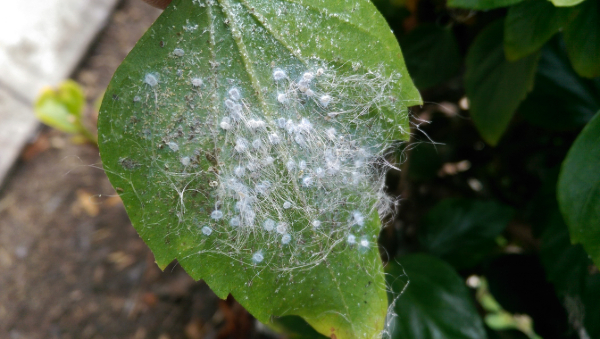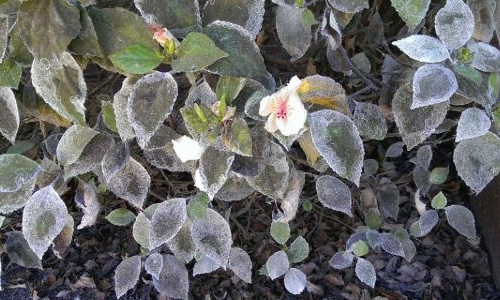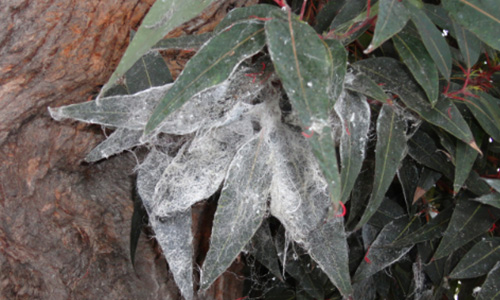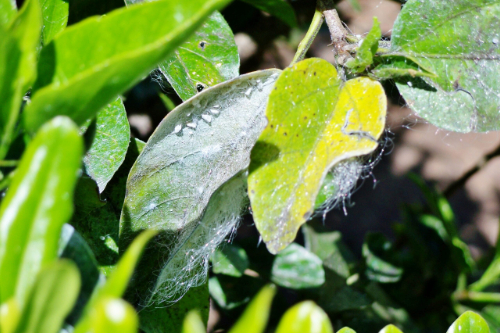Whiteflies are not true flies but rather insects that use their needlelike mouthparts to suck sap from leaf tissue. Their excessive feeding results in an excretion of sticky residue called honeydew. This honeydew then turns into black sooty mold leading to distortion and black discoloration of leaves. This can also result in yellowing or death of leaves. The large amounts of sooty mold can reduce plant vigor, slow growth and cause premature leaf drop. Whiteflies outbreaks are especially common during warm weather and difficult to manage once populations are high.

Life Cycle & Common Hosts
Whiteflies populations can produce quickly, they can make a full life cycle in about a 2-3 week period. Whiteflies often develop and lay their eggs on the underside of leaves. During all stages of development they feed by sucking plant tissue and excreting honeydew as they feed. There are multiple species of whitefly and in California warm weather can move from multiple hosts. Whiteflies are typically found on:
Management & Treatment
Management of large whiteflies populations can be difficult. Monitoring for preventative care is best practice. In early stages, removal of infested leaves can help in reduction of population development. Treatments can be made every 3-6 weeks depending on population size. Once pest population is at a tolerable level, monitor and treat as needed to keep Whiteflies populations to a minimum.





